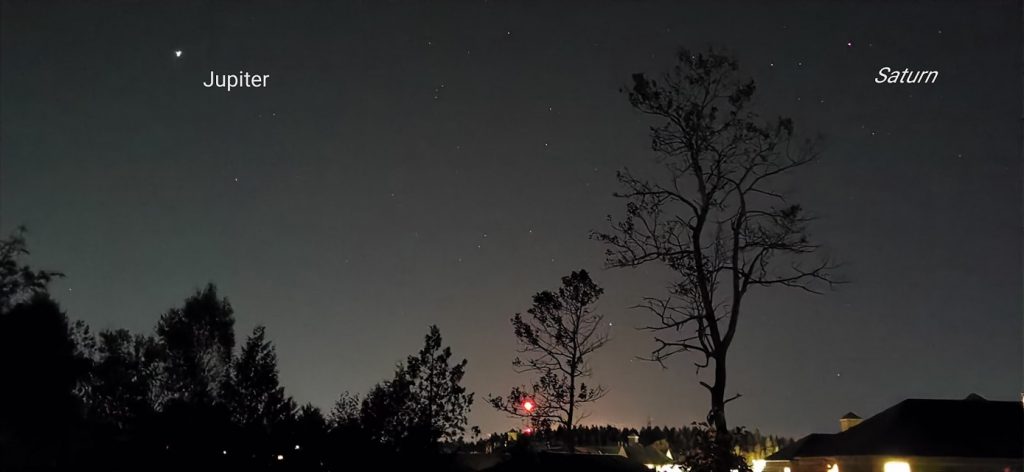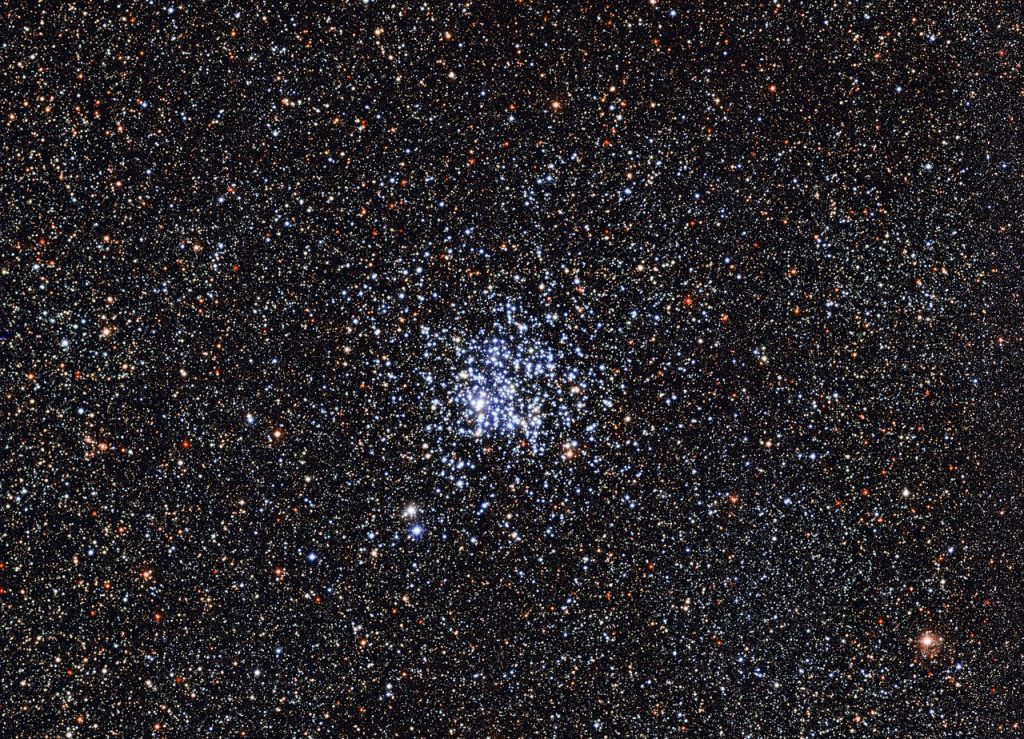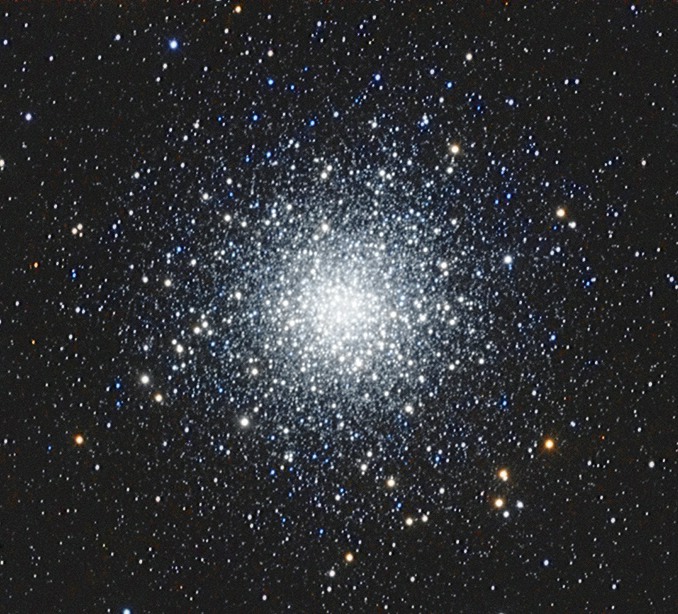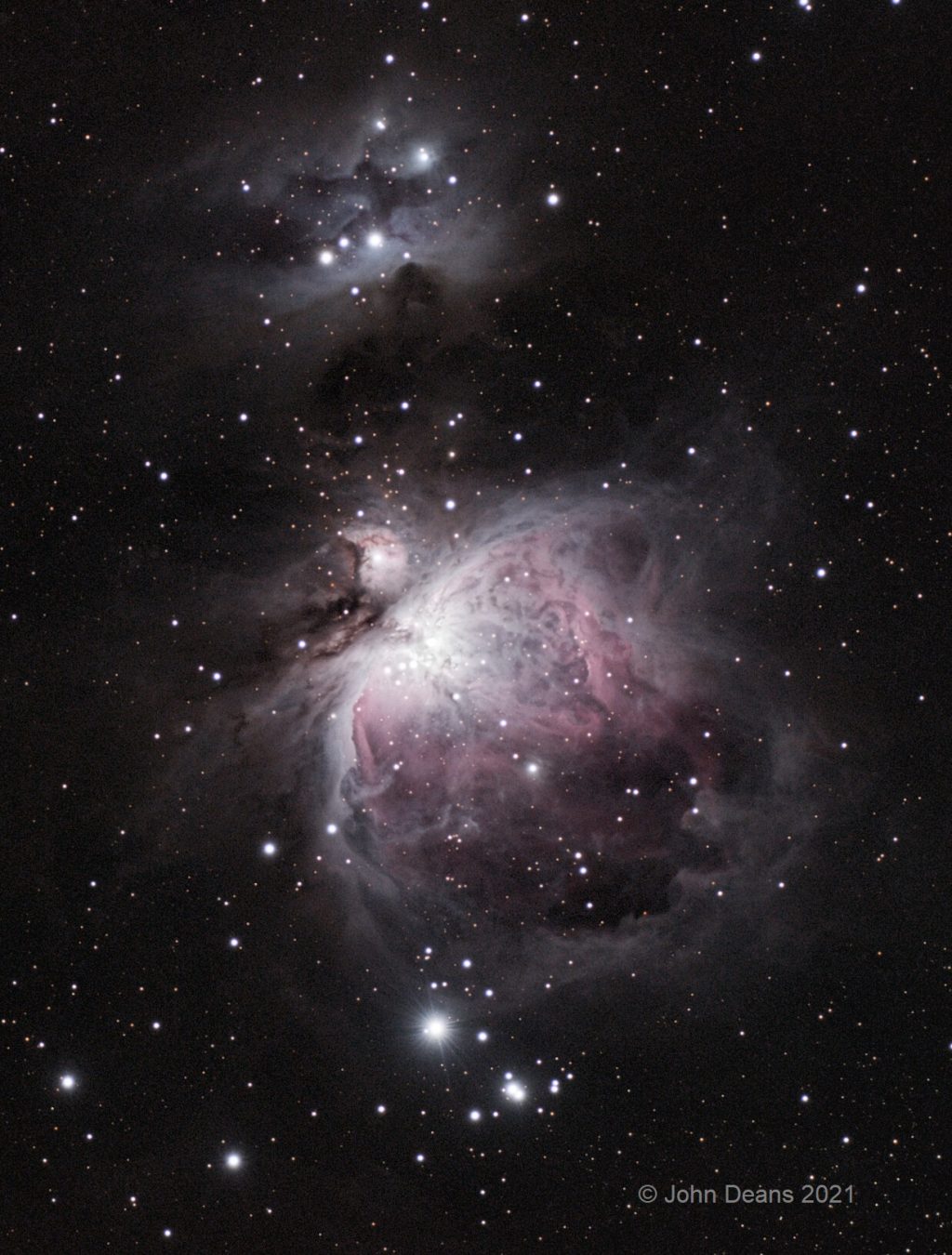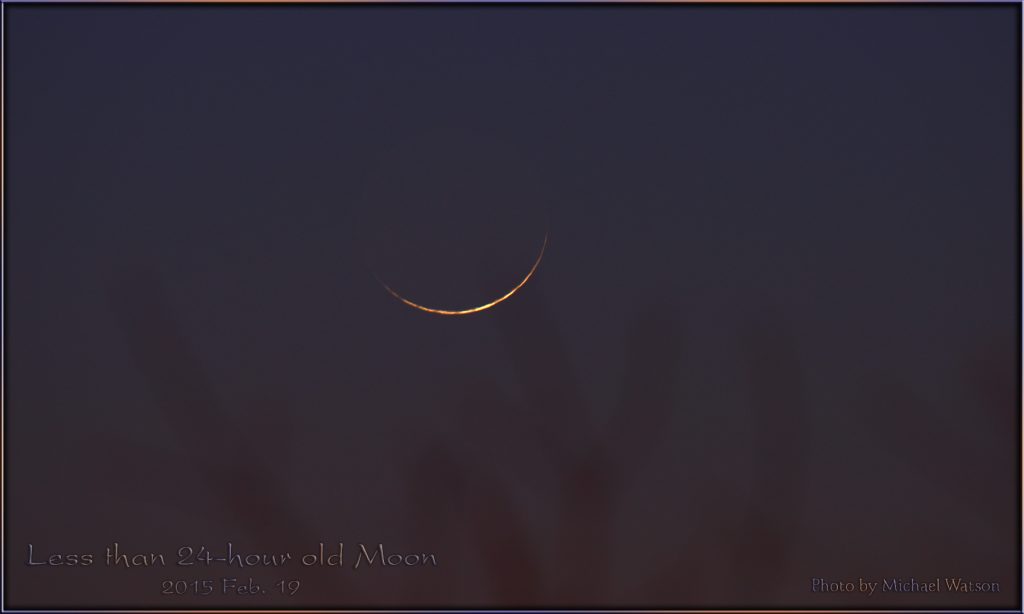The Moon Returns After New, An Extra-close Jupiter Sports Spots, and Mars Cruises by a Cluster!
Getting ready for Monday’s close Jupiter opposition, Chris Curwin of Astronomy by the Bay in Saint John, NB recently captured the gas giant planets in evening with his Hauwei smartphone. Chris is very active in astronomy outreach in Southern New Brunswick. Find out about his events at http://sjastronomy.ca/ or watch his streams on YouTube at…
Read more
